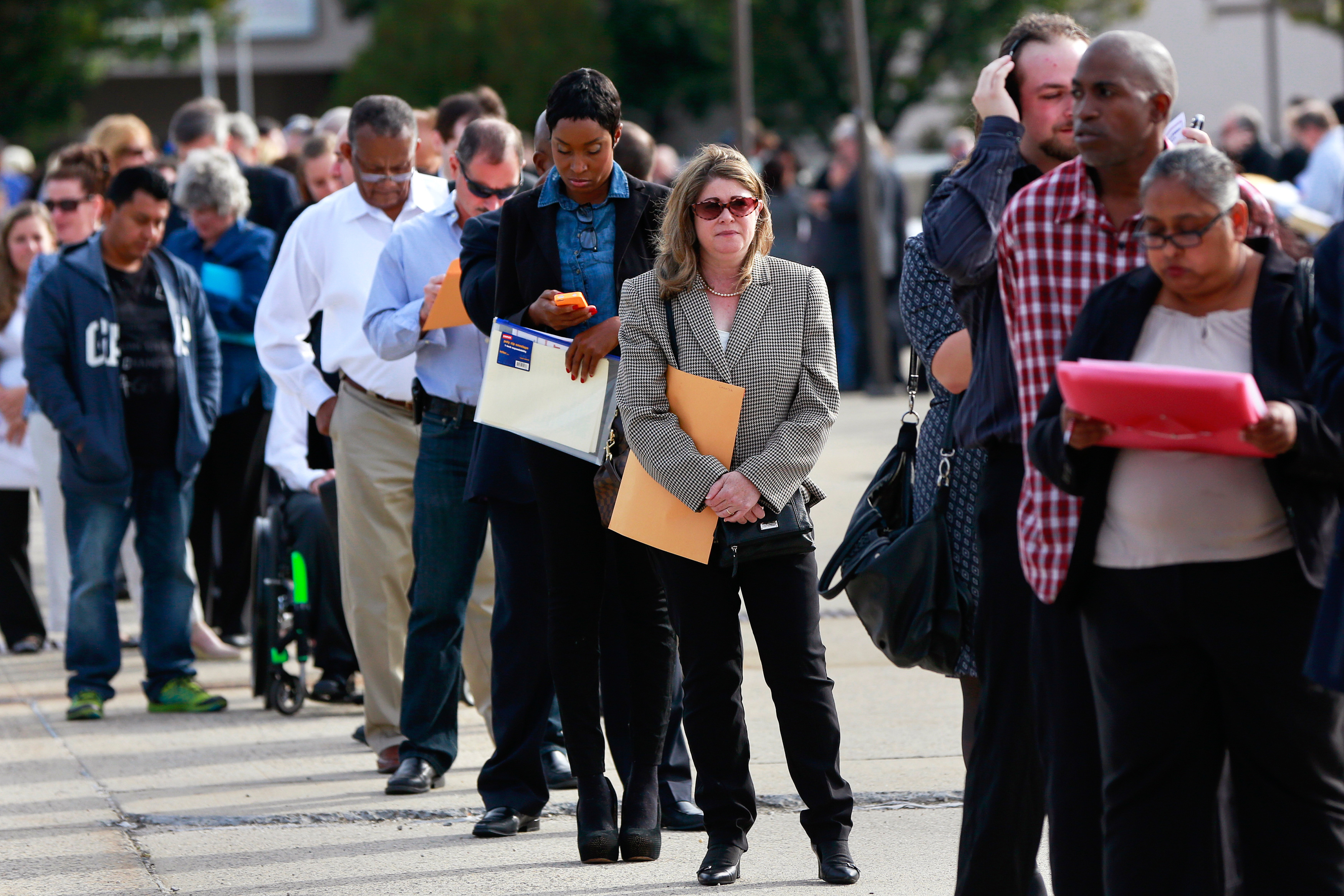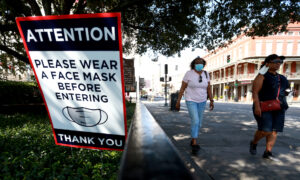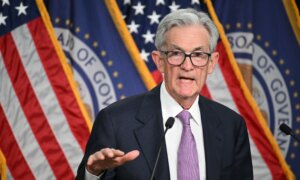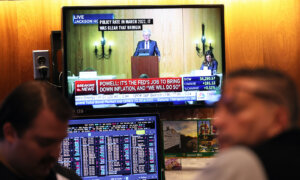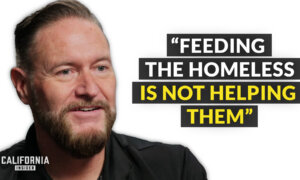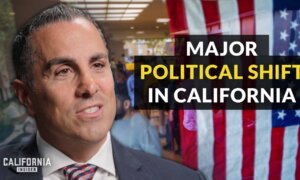The number of Americans filing for unemployment benefits rose to an 11-month high last week, while the number of U.S. workers continuing to collect unemployment benefits rose to a multiyear high, delivering a fresh sign of labor market weakness.
Initial jobless claims, which are often seen as a proxy for unemployment, jumped by 14,000 to 249,000 for the week that ended on July 27, according to data released on Aug. 1 by the Department of Labor.
The reading was higher than the 236,000 market analysts expected and is the highest level in nearly a year.
Weekly jobless claims have been drifting higher since the beginning of the year, with the four-week moving average—which smooths out some week-to-week fluctuations—showing this upward trend more clearly.
“More evidence of a slowdown in the labor market: initial jobless claims rose to the highest level since last August, while continuing claims continue to rise as well,” Kathy Jones, chief fixed income strategist at Schwab, said in a post on X.
Continuing jobless claims, which reflect the number of Americans continuing to collect unemployment benefits after filing an initial claim, rose to 1.88 million for the week ended on July 20, per the Labor Department data. That’s the highest level since Nov. 27, 2021, when that figure stood at 1.89 million.
A further data point suggesting that the labor market is cooling came in the form of manufacturing employment data, released on Aug. 1 by the Institute for Supply Management (ISM), which showed U.S. manufacturing entering deeper into recession territory.
The ISM’s employment gauge fell to 43.4 percent in July from 49.3 percent in August. That’s a sharp drop of more than two standard deviations and well below the 49 percent that forecasters expected.
Federal Reserve Chair Jerome Powell said at a July 31 press conference that the central bank’s interest rate policy has led to some obvious cooling in the jobs market, with labor-related supply and demand conditions now in “better balance.” That’s Fed code for a labor market that’s solid but no longer tight, helping inflation ease closer to the Fed’s target and giving the central bank more room to consider rate cuts.
“A broad set of indicators suggests that conditions in the labor market have returned to about where they stood on the eve of the pandemic: strong, but not overheated,” Powell said.
The Fed chief said policymakers are aware that labor market-related risks have increased and that if unemployment were to spike unexpectedly, the central bank is “prepared to respond” with rate cuts.
Monthly job gains have slowed but remain generally stable, with consensus estimates predicting that the U.S. economy created 175,000 new jobs in July and for the unemployment rate to hold steady at 4.1 percent when the Labor Department releases its closely watched nonfarm payrolls report on Aug. 2.
A statement from the Fed that followed its July 31 meeting, at which policymakers voted to hold interest rates unchanged, acknowledged the evolving picture in the jobs market. It noted that the economic outlook is “uncertain” as inflation remains “somewhat elevated” while job gains have moderated and the unemployment rate has moved up but remains historically low.
Greg McBride, chief financial analyst at Bankrate, told The Epoch Times in an emailed statement that the Fed’s remarks suggest that policymakers are teeing up a quarter-point rate cut at their next meeting in September but if the labor market weakens unexpectedly, the cut could be bigger.
“There are no less than 4 changes in wording within the Fed’s statement that acknowledges the evolving picture in the job market,“ McBride said. ”If the job market should show evidence of cooling off at an alarming pace between now and the September Fed meeting, the first rate cut could be a larger half-point cut. There would be plenty of advance notice if this should come to pass.”
